

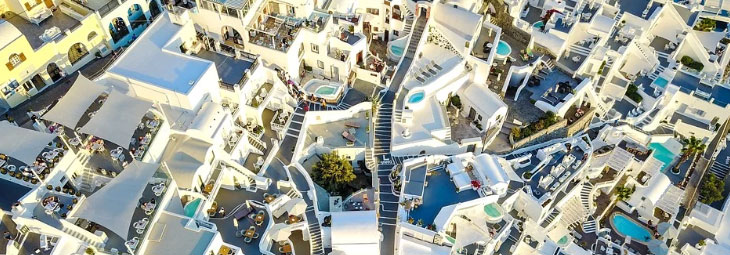
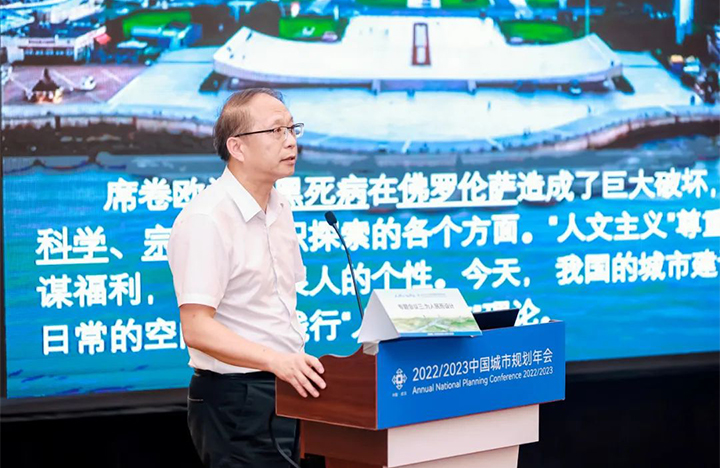
Zhuang Yu
Professor, College of Architecture and Urban Planning, Tongji University; Vice Chairman, Urban Design Branch, Urban Planning Society of China
1 Public Space: Mission and Responsibility
As is known to all, the "Black Death" that swept through Europe in the 14th century caused great destruction, while on the other hand accelerated the change of people's worldview, and the "Renaissance" movement has emerged since then. Humanist thought, as a prominent representative of the thoughts inspired in the Renaissance, emphasized respect for individual interests, dignity, thought, and harmony among people, the need to work for the welfare of people in social life, and the importance of education for the development of the human personality, which profoundly influenced all aspects of intellectual exploration, including literature, philosophy, art, politics, science, and religion. Today, after several years of epidemic, China's urban construction is constantly transforming from rough rapid development to high-quality improvement, and the concept of "people-oriented" planning and design is also practicing the idea and theory of "people's city" through many daily spatial details.
Public space plays a variety of roles in the urban construction, and as an important carrier of urban public life, it has both grand structural elements and localized scenes that focus on daily activities. In many important paintings, it is not difficult to see the difference between grand narratives and daily life themes. The former often focuses on the elements close to the centre and unfolding around a distinctive theme, while the latter is not limited to a single theme but emphasis on the existence of diverse and rich, even factors with contradictory and conflict. This kind of difference is also highlighted in the planning practice. The use of "axes, large squares, large green areas, and perfect forms" to achieve a grand narrative public space under the goal of rapid construction can be seen as a great example, while pays less attention on the needs and experiences of specific people in public spaces, and the gradual improvement process of daily public spaces. It shows less consideration to the charm of the diversity of the noisy or quiet, prosperous or simple daily places and the organic growth rules of the city itself.
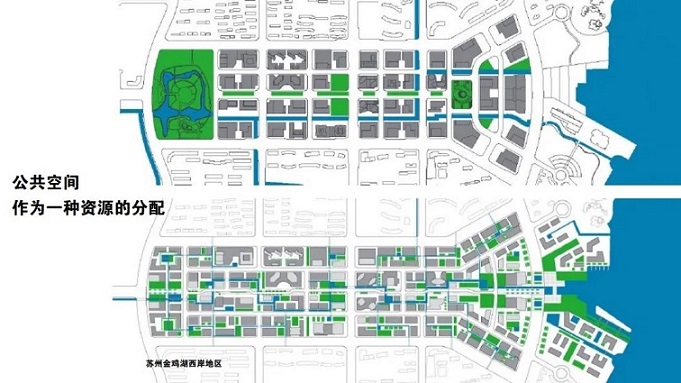
Figure 1: The practice of urban design of the Jinji Lake west bank area in Suzhou
In the postgraduate teaching practice of urban design of the Jinji Lake west bank area in Suzhou (Fig. 1), we tried the experiment of matching public spaces under different value orientations, where two completely different results may occur with the same capacity of public resources. One is presenting a grand structural urban space, the other is a pedestrian-friendly daily life scenarios, which one should be presented? This really deserves more discussion and debate at the planning and urban design level.
How to shape the space "for people"? In many cases, urban planning and design drawings present strong axes and well-formed public spaces, but haven‘t met the expectations of public activities and lack popularity and vitality after completion and operation. So, what causes this kind of problem? The public space in Guangzhou Zhujiang New District balances the relationship between structural grand narratives and daily life relatively well, which includes the existence of spatial order as the main axis of the city, as well as green spaces and entertainment places that are very popular among citizens and tourists (Fig. 2)
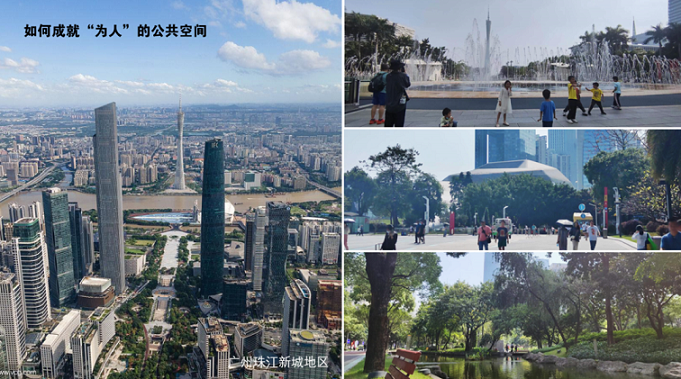
Figure 2: The public space in Guangzhou Zhujiang New District
The order of urban construction should be the planning and construction of architectural forms first, then the creation of public spaces, and finally the realization of resident’s daily life. Or is it the opposite order, or is it the combined result of the interaction between the planning and constructing urban forms and the creation of public places? There is a big difference between the building paths of new city development and old city regeneration process. Urban development is an organic iterative process of replacing the old urban area with the new constructions and repairing and perfecting the old, but still there is an unchanging eternity "architectures built for public space and public space created for daily life" (Fig. 3). Many large-scale neighbourhood commercial projects nowadays have emphasized the mutual definition of architecture and public space to create a place that retains people, but urban design practice still needs to continuously improve the concept and rules to shape the public space "for people".
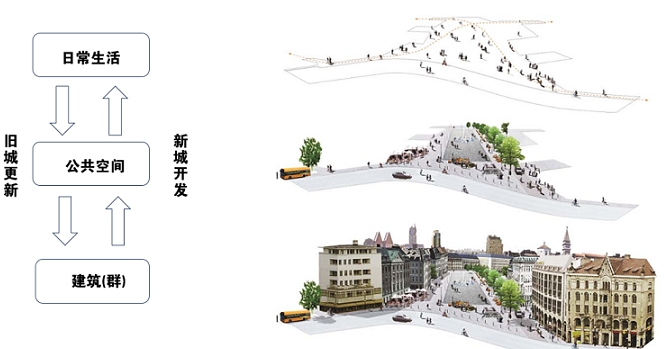
Figure 3: Buildings, public spaces and daily activities
In the perspective of planning and design, the top-down perspective often considers the quality of capacity needed for the urban public space, the layout ensuring the accessibility, equity and balance, and coordinate and differentiate it according to the specific areas and administration scales. While the bottom-up consideration, on the other hand, focuses primarily on people, analyzing the needs of daily activities, the relationship between public spaces and daily activities through the portrait of the user, and exploring how to shape the public space that conforms to and stimulates daily activities. The realization of public space requires the complementary support of planning and design, and the proportion of two types of working contribution in the multiple stages of detailed control planning, urban design, conceptual plan, and implementation action plan is also different, reflecting the two focuses of the goal of "for people" in the allocation of resources and the creation of spaces.
Author: Zhuang Yu,Professor, College of Architecture and Urban Planning, Tongji University; Vice Chairman, Urban Design Branch, Urban Planning Society of China
Source:<https://mp.weixin.qq.com/s/OZPM796fBy4c-7Pfim5SYg>
Translated by Zhang Chenxi